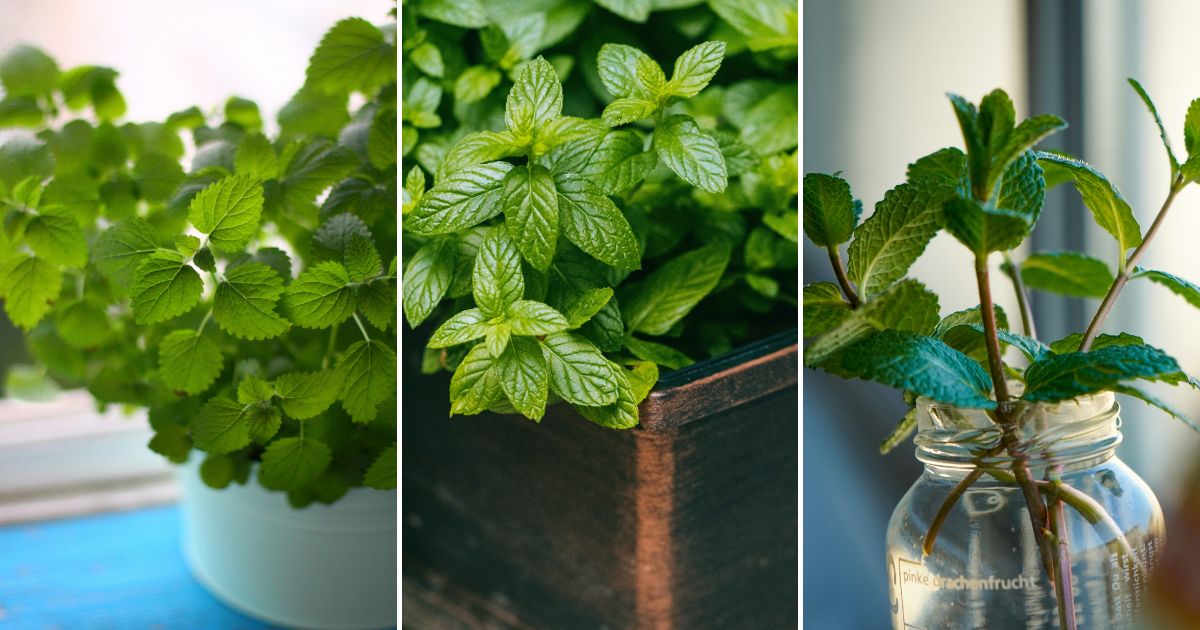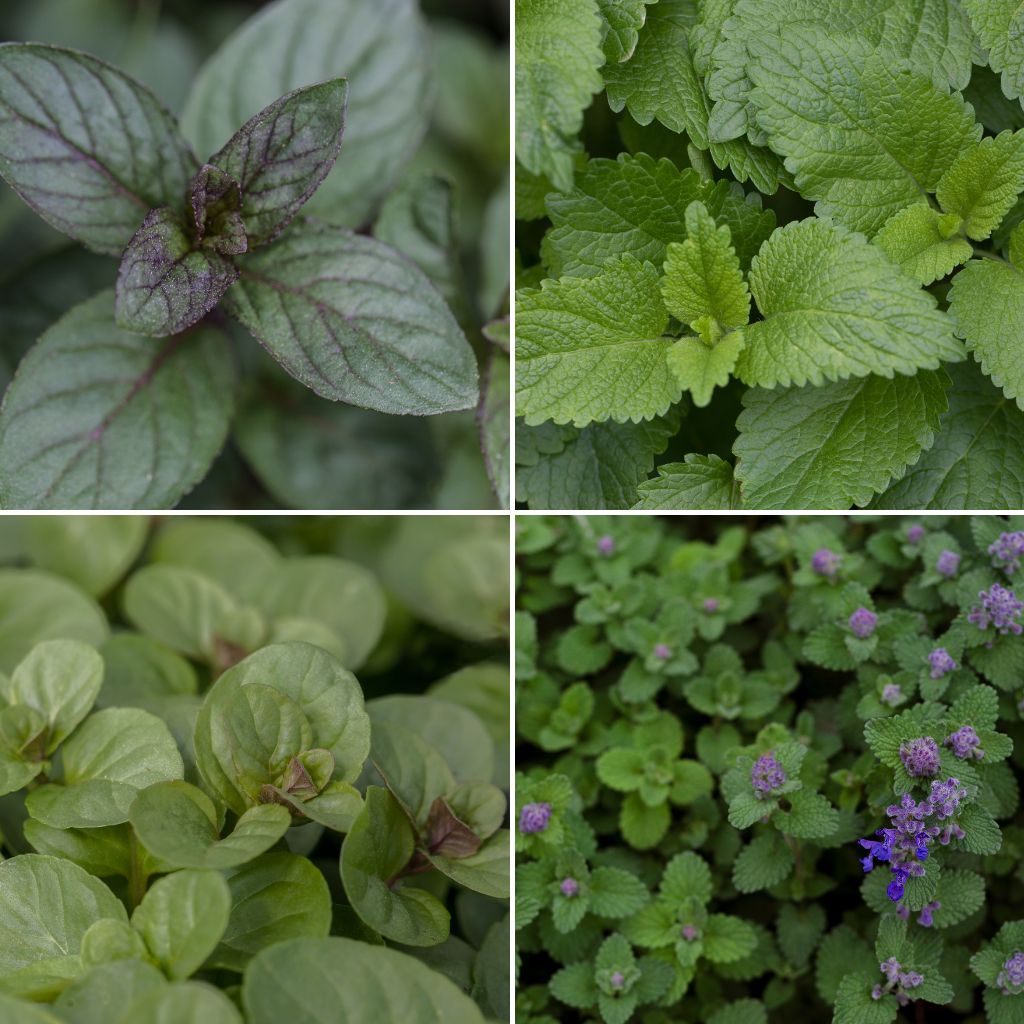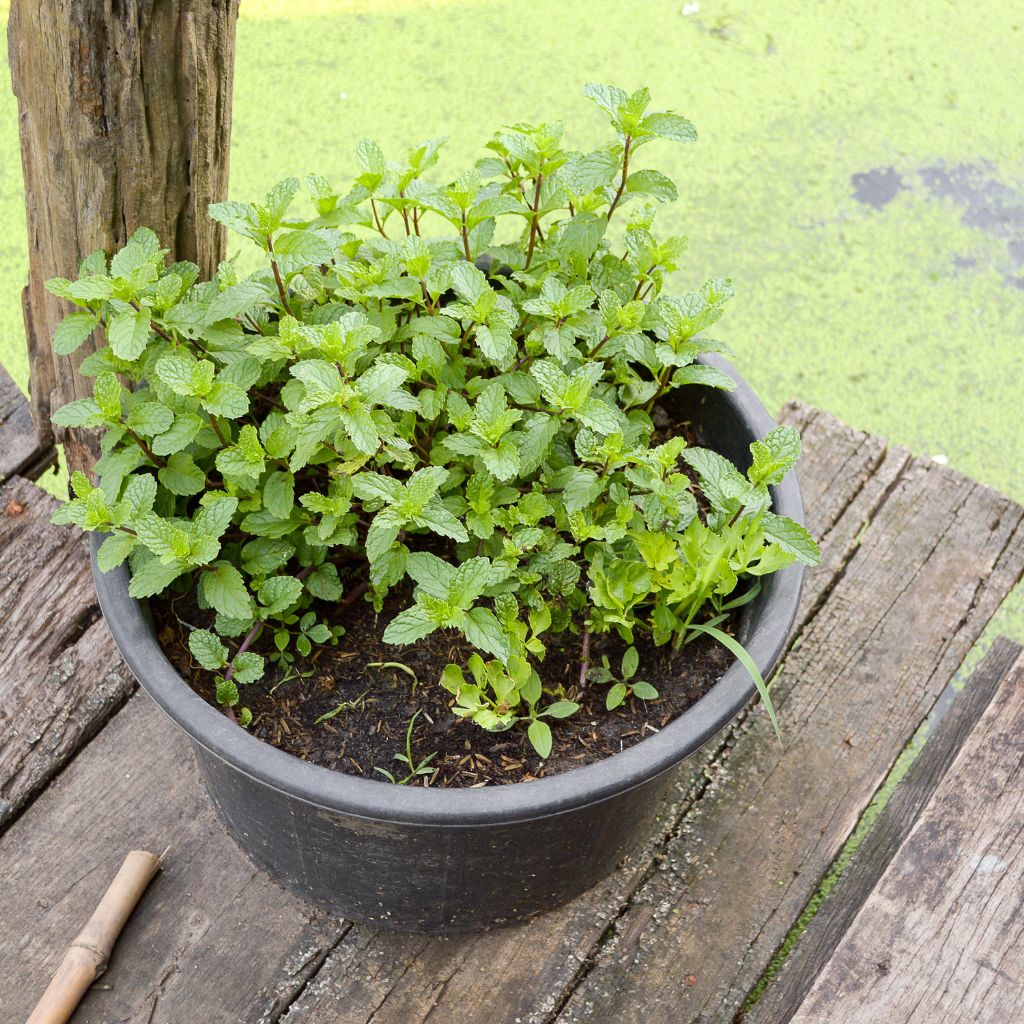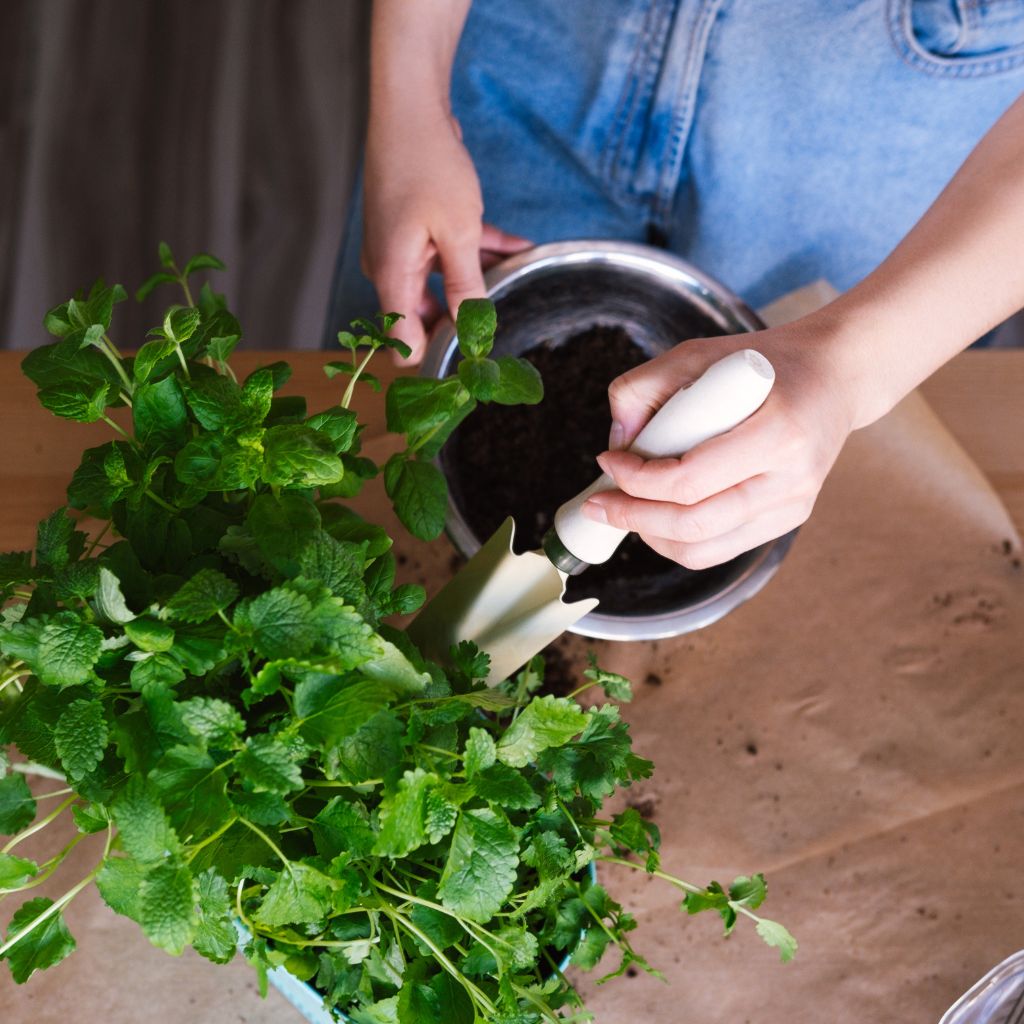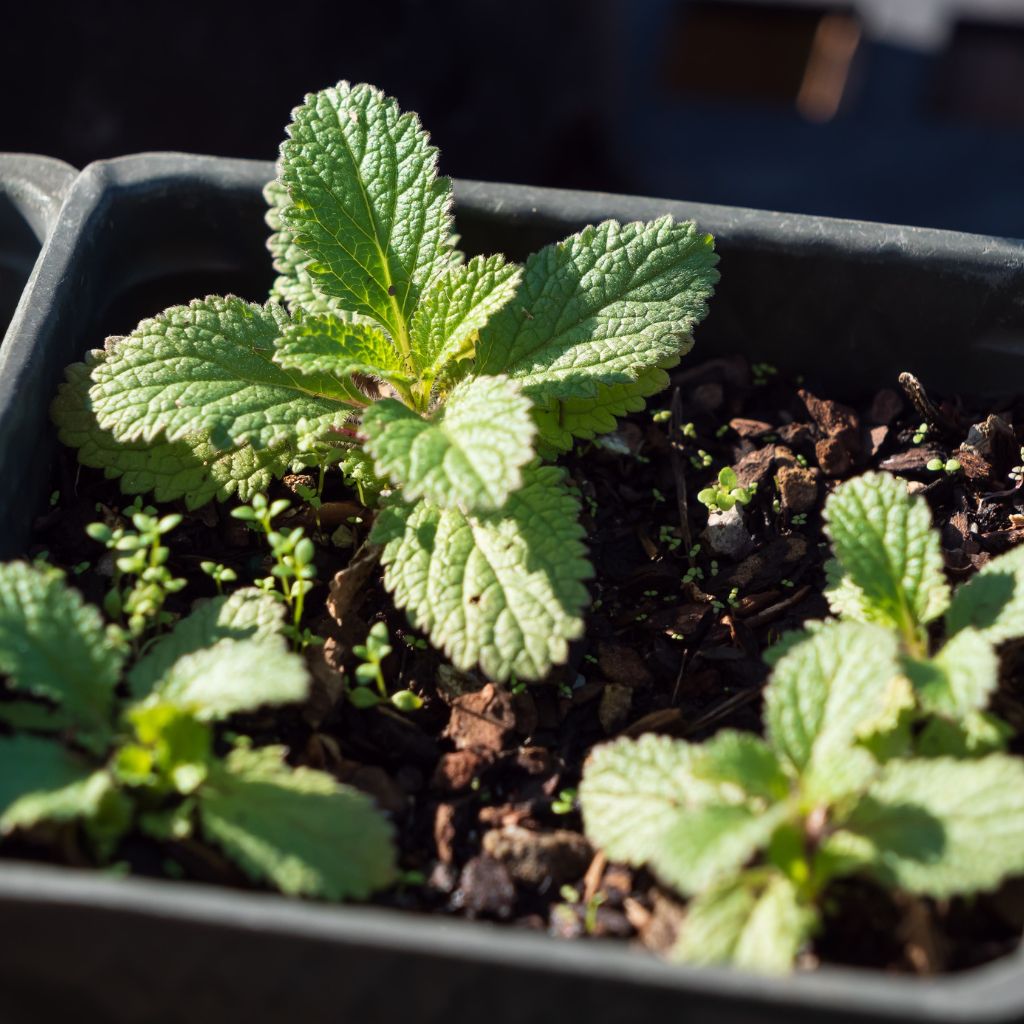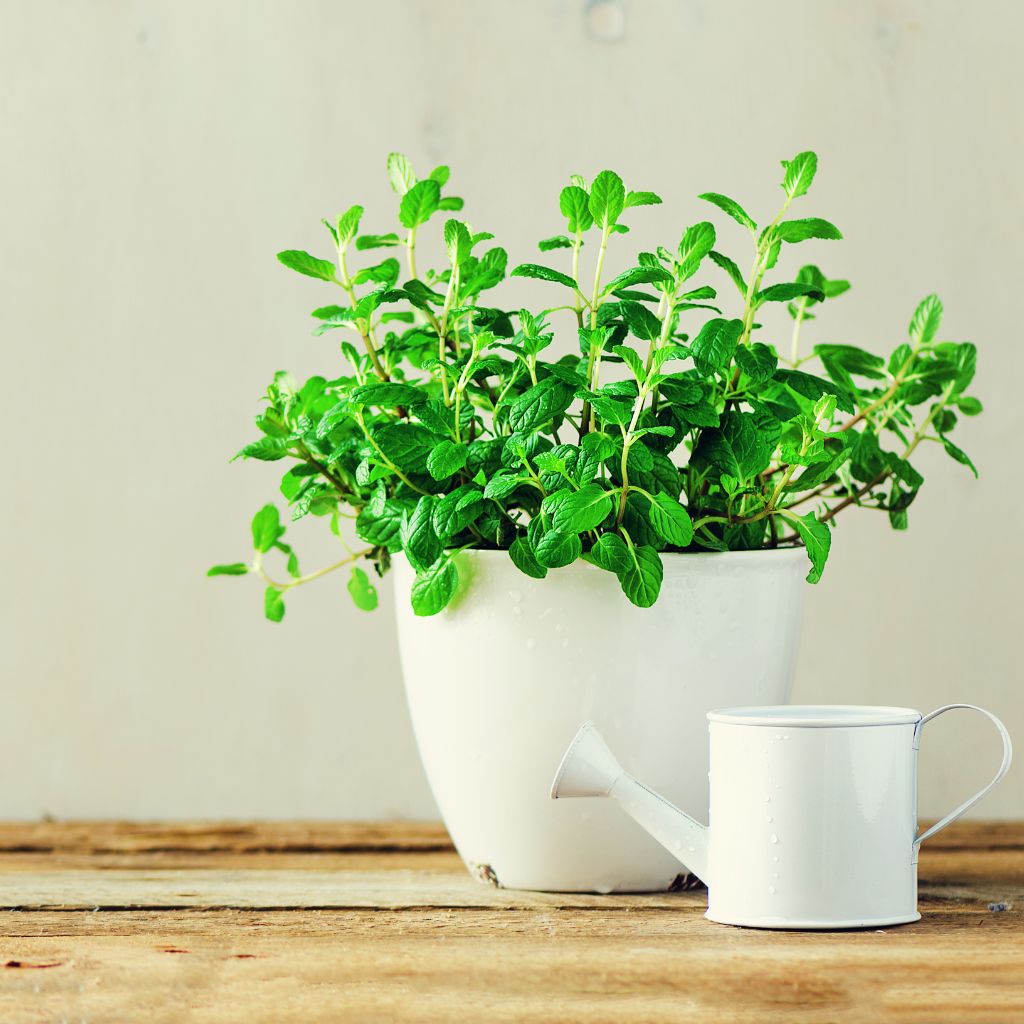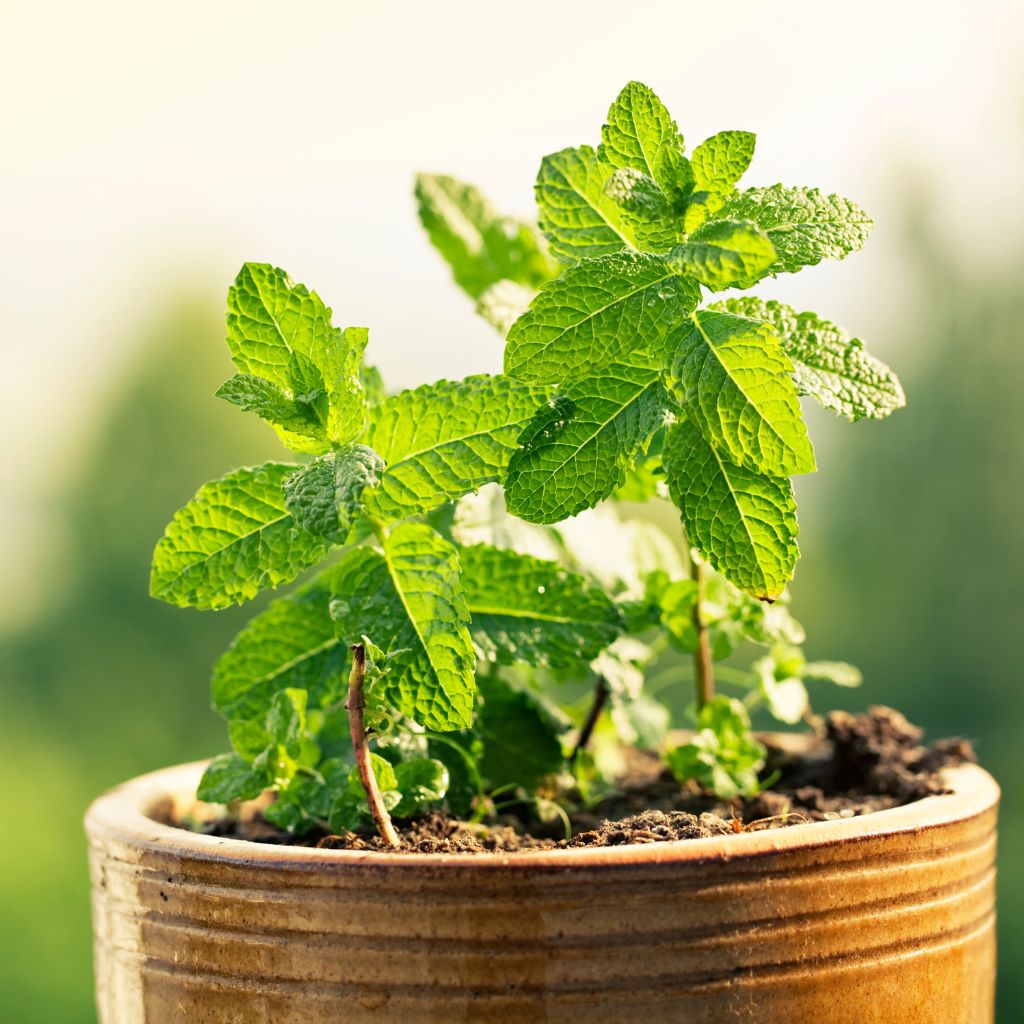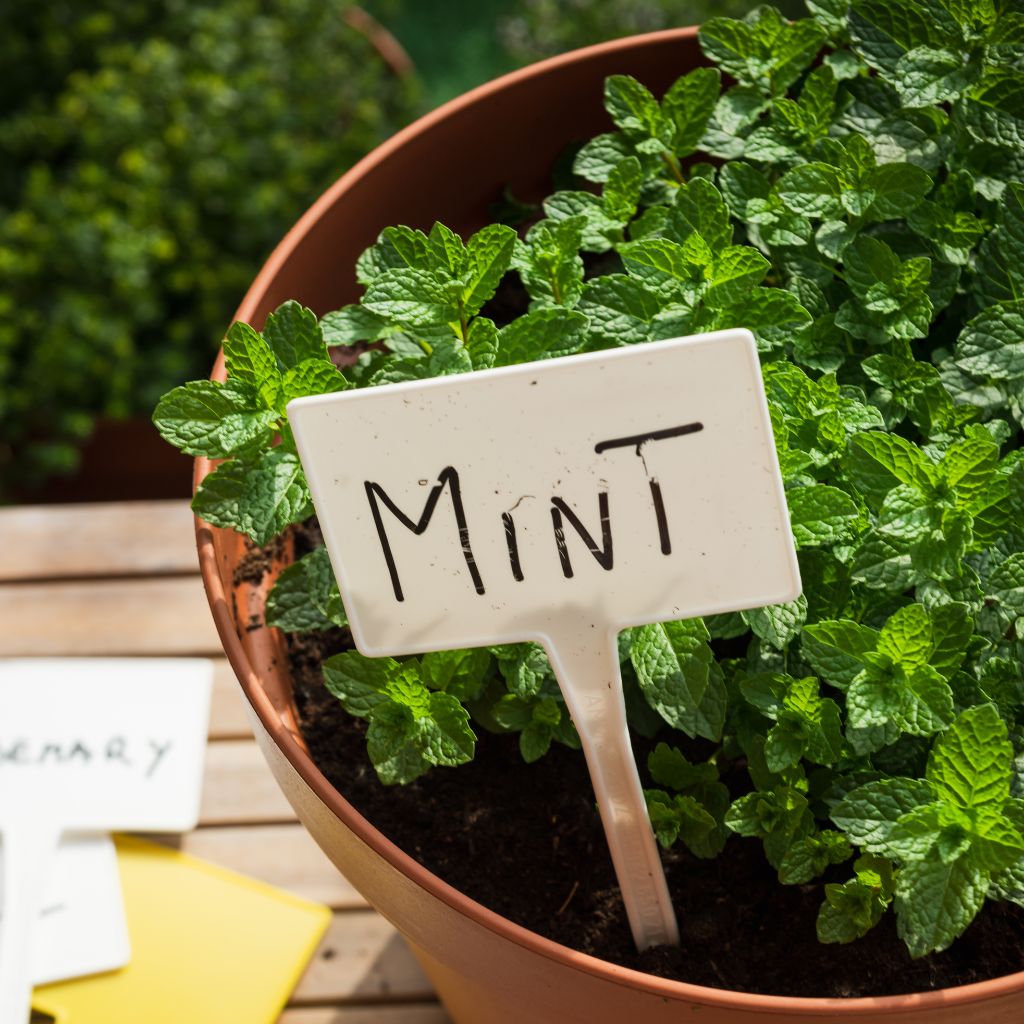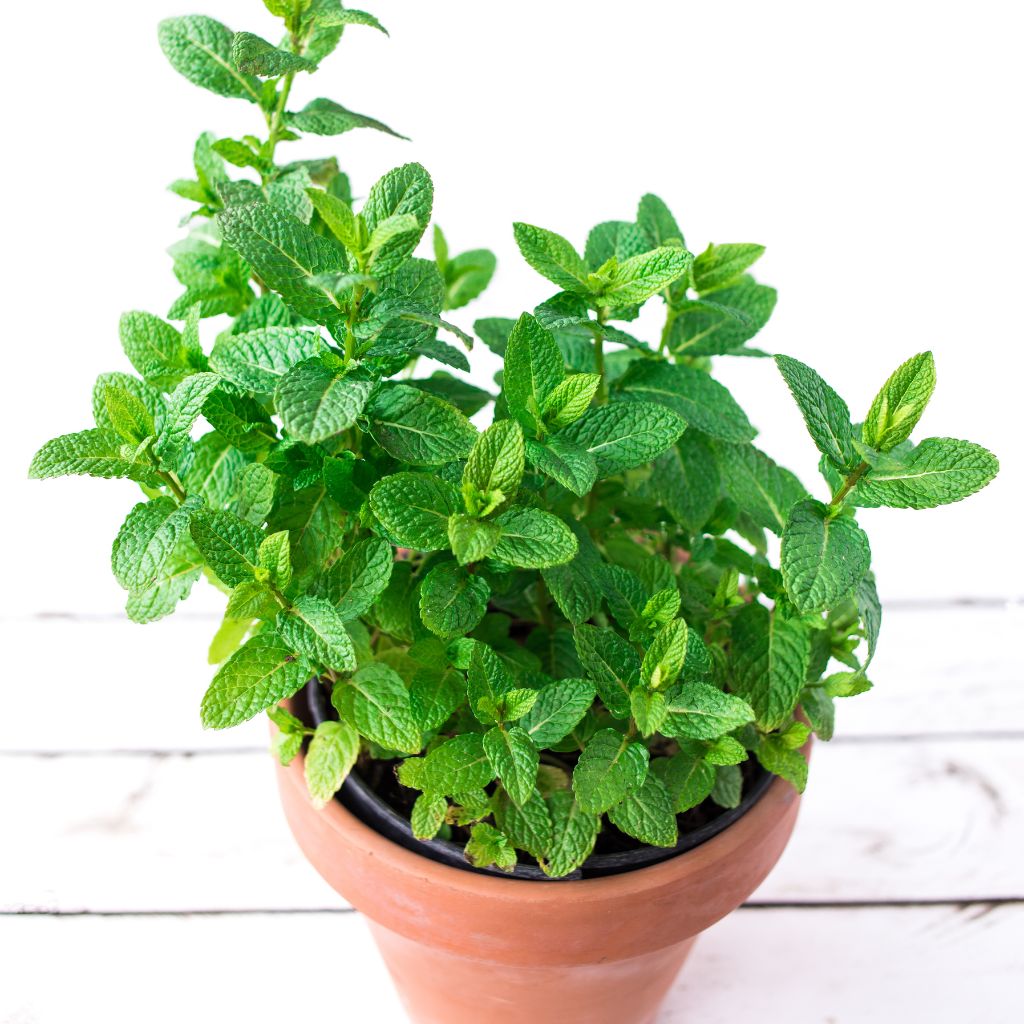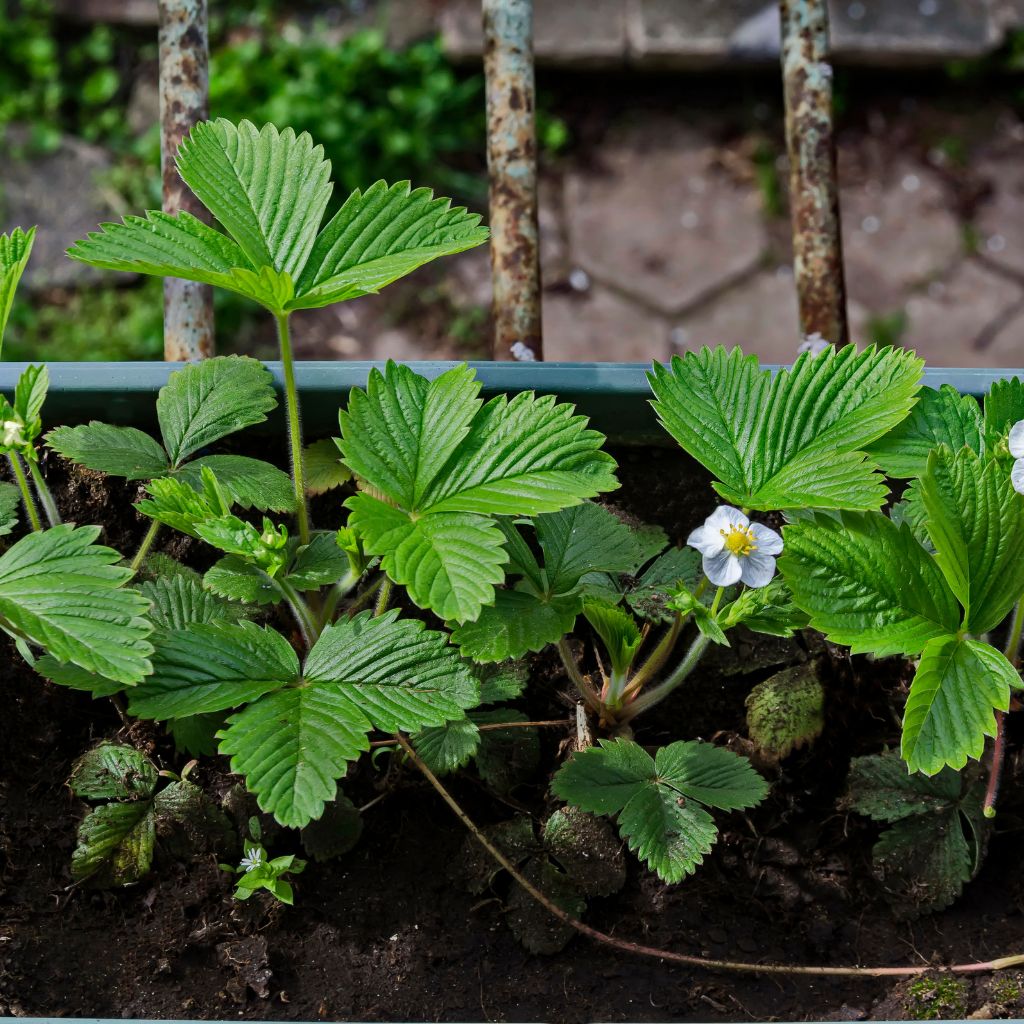Hey there, friends! Today we’re diving into something that’s not only going to make your garden look great but also jazz up your kitchen game. Yep, I’m talking about growing fresh mint in containers.
If you’re anything like me, you love adding a little pop of fresh herbs to your food—whether it’s a cool iced tea, a zesty mojito, or a fresh salad. But let’s face it, mint can be a bit of a bully in the garden.
Plant it in the ground, and it’ll take over like it’s auditioning for a “Garden Domination” TV show.
The solution? Grow mint in containers! Not only does it keep the plant in check, but it’s also super convenient if you don’t have a big yard to play with.
With a little love and some simple tips, you can have tons of fresh mint right at your fingertips, whether you’re working with a sprawling backyard or a cozy little balcony. Let’s get into how to grow mint like a pro, even if you’re working with containers.
Why Mint Is Perfect for Containers
Before we get into the nitty-gritty of growing mint in pots, let’s talk about why this is the perfect plant for container gardening. First off, mint is a fast grower.
Give it a little sunlight, water, and space, and it’ll spread like wildfire. While that’s awesome for a lush, fragrant herb supply, it’s also why mint has a bit of a reputation as a garden hog.
If you let it loose in the ground, it’ll invade every inch of soil, crowding out your other plants.
By growing mint in containers, you keep its growth under control, while still enjoying all that wonderful fresh mint.
Plus, container gardening gives you flexibility—whether you’ve got a small patio, a sunny windowsill, or even a tiny apartment balcony, you can grow mint just about anywhere. So grab your pots, folks, and let’s make your mint dreams come true!
Picking the Right Mint Variety
Mint isn’t a one-size-fits-all kind of plant. There are tons of varieties to choose from, each with its own unique flavor. Here are a few popular ones to consider:
Spearmint: The classic choice for everything from mojitos to minty desserts.
Peppermint: A little stronger and spicier, perfect for teas and holiday treats.
Chocolate Mint: Yep, you heard me right! It smells like chocolate and is amazing in desserts.
Apple Mint: Has a slightly fruity twist—great for salads and cocktails.
Pick a variety that suits your taste, or heck, plant a few different kinds and create a whole minty empire!
Step 1: Choose the Right Containers
Mint might be easygoing when it comes to growth, but you still want to set it up for success, and that starts with the right container.
You don’t need anything fancy—just a pot that’s at least 12 inches wide and 12 inches deep. Mint loves to spread its roots, and giving it enough space means you’ll get tons of mint without the plant becoming root-bound.
Here’s the thing: mint spreads through underground runners, so the wider the pot, the more space it has to grow. You’ll also want to make sure your container has drainage holes—mint doesn’t like to sit in soggy soil, and those holes will help prevent root rot.
Pro Tip: Recycled Containers
If you’re the DIY type, you can even repurpose old containers like buckets or wooden crates. Just make sure you drill a few holes in the bottom for drainage, and you’re good to go!
Step 2: The Best Soil Mix for Mint
Mint is a hardy plant, but if you want to grow a ton of it, you’ve got to give it the right foundation. That means well-draining soil that’s packed with nutrients. Here’s an easy soil mix that mint will love:
50% potting soil: Go for a good-quality organic potting mix that’s rich in nutrients.
25% compost: Compost adds essential nutrients and improves soil texture.
25% perlite or sand: This helps with drainage, making sure your mint doesn’t get waterlogged.
Fill your container about two-thirds full with this mix, and you’ve got the perfect base for your mint to thrive.
Pro Tip: Add Organic Matter
Mint loves organic material. Mix in some aged manure or extra compost to give it an extra boost, especially when you first plant it.
Step 3: Planting Your Mint
Alright, now it’s time to get planting! If you’re starting from a nursery-bought mint plant, gently loosen the roots before placing it in the soil. If you’re growing from seed or cutting, place the seeds or cutting about an inch deep in the soil and cover lightly.
Pro Tip: Transplant Carefully
Mint is a tough plant, but if you’re transplanting it from one container to another, make sure you don’t damage the roots. Be gentle when removing it from its old pot and try not to disturb the root ball too much.
Pro Tip: Start with Cuttings
If you have a friend with mint or already have a small plant, mint propagates like a charm from cuttings. Snip a healthy 4- to 6-inch stem, remove the lower leaves, and stick it in water or straight into the soil. It’ll root in no time, and you’ll be on your way to mint heaven.
Step 4: Watering Your Mint
Mint loves water, but like any good relationship, it’s all about balance. The goal here is to keep the soil consistently moist without drowning it.
When watering your mint, aim for a deep soak about once a week, or whenever the top inch of soil feels dry. If you’re in a hot climate, you might need to water more often—just keep an eye on the soil.
Pro Tip: Water Early
Watering in the morning gives your mint plenty of time to absorb moisture and start the day off strong. Plus, it helps prevent any fungal issues that can pop up if the plant stays too damp overnight.
Step 5: Give Your Mint Some Sunshine
Mint is a fan of the sun, but it’s not trying to live in the desert. Aim for 4 to 6 hours of sunlight each day.
If you’re growing indoors, place your container near a sunny window. Outdoors, partial shade works just fine, especially in hotter climates where direct sun can get a little too intense.
Pro Tip: Rotate the Pot
If your mint is indoors, give the pot a little spin every few days to ensure it gets even light. This helps prevent it from growing lopsided and ensures the whole plant stays healthy.
Step 6: Feeding and Fertilizing Your Mint
Mint isn’t super needy when it comes to fertilizer, but giving it a little nutritional boost can help it grow like crazy. During the growing season (spring and summer), feed your mint a balanced, slow-release fertilizer once a month.
If you’re more of an organic gardener, you can add compost or worm castings to the top of the soil every few months. The key is to avoid over-fertilizing, which can dilute that intense mint flavor.
Step 7: Pruning Like a Pro
Mint grows fast, and if you don’t keep it in check, it can get a little wild. Regular pruning helps keep the plant bushy and encourages more growth. Here’s how to do it:
Snip the top leaves regularly to promote new growth.
Trim any long, leggy stems to keep the plant compact.
Remove any yellowing or damaged leaves to keep the plant healthy.
Pruning is also key if you want to prevent your mint from flowering. Once mint flowers, it can become a little bitter and the plant will start to lose some of its potency. So keep those scissors handy, and don’t be afraid to give your mint a little haircut now and then.
Pro Tip: Harvest Often
The more you harvest your mint, the more it’ll grow. So don’t be shy about snipping off leaves as you need them for cooking or drinks. Regular harvesting is a win-win for you and the plant.
Step 8: Overwintering Mint
If you live in a colder climate, don’t worry—mint is tough, but you’ll want to take a few steps to help it survive the winter if you’re growing outdoors.
Bring the pot inside when temperatures start to drop, or place it in a sheltered spot. If your mint is in a larger container, you can mulch the top of the soil with straw to help insulate the roots.
Common Problems (And How to Fix Them)
Growing mint in containers is pretty foolproof, but every plant can hit a few bumps along the way. Here are some common issues and how to handle them:
1. Pests
Mint can attract aphids or spider mites. To keep them away, give your plant a good rinse with water or use an insecticidal soap if things get out of hand.
2. Root Rot
If your mint is looking a little droopy and the soil is wet, you might have root rot. To fix this, cut back on watering and make sure your container has good drainage.
There you have it — growing tons of fresh mint in containers is as easy as pie. With the right setup, a little care, and some attention to detail, you’ll have more mint than you know what to do with.
Whether you’re growing it for cooking, cocktails, or just to enjoy that fresh minty scent, container-grown mint is one of the easiest (and most rewarding) plants you can grow.
So get out there, grab a pot, and start your mint-growing adventure! You’ll have a mint-filled garden in no time, and trust me, you’ll never want to go back to store-bought mint again.
